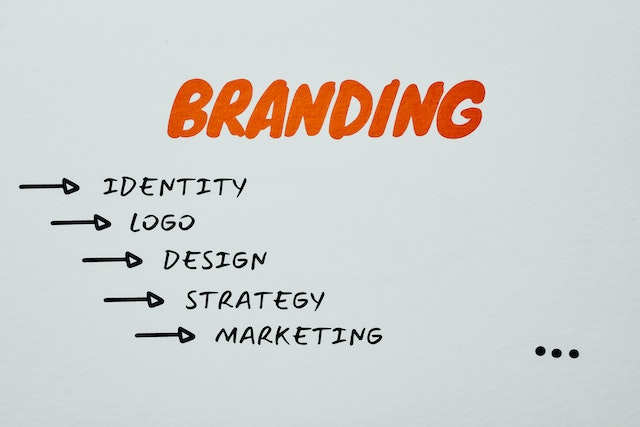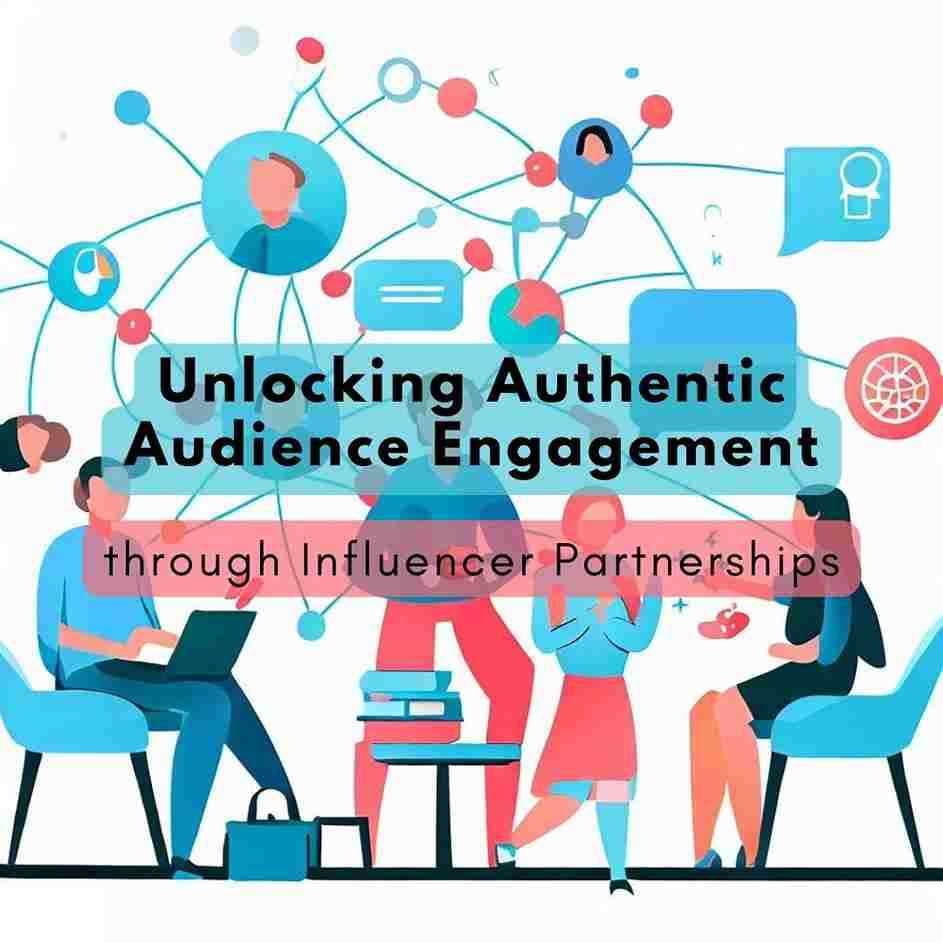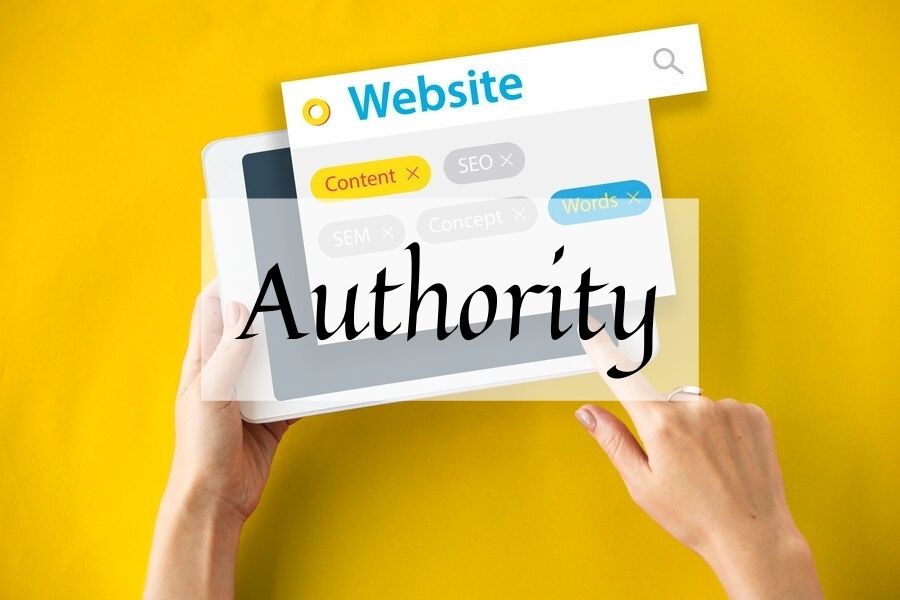What is Branding and Why is It Important for Your Business?
Branding is the process of creating a distinctive identity for a product, service, organization, or individual. Branding involves developing a name, logo, slogan, design, color scheme, voice, and personality that communicate the value proposition and differentiate the brand from competitors. Branding aims to establish a positive reputation and recognition in the market, as well as to build trust and loyalty among customers and stakeholders.
Branding is the process of creating a distinctive identity for your product, service, or organization that sets it apart from your competitors and connects with your target audience. Branding is not just about having a logo, a slogan, or a color scheme. It is about creating a consistent and memorable experience for your customers that reflects your values, vision, and personality.
Branding can help you achieve several goals, such as:
- Building trust and loyalty among your customers and stakeholders
- Increasing your visibility and recognition in the market
- Differentiating yourself from other players in your industry
- Communicating your value proposition and unique selling points
- Enhancing your reputation and credibility
- Creating emotional connections and associations with your brand
- Inspiring advocacy and word-of-mouth referrals
Branding is not a one-time event or a static concept. It is an ongoing process that requires constant evaluation and adaptation to changing customer needs, preferences, and expectations. Branding also involves aligning your internal culture, operations, and processes with your external image and message. This way, you can ensure that your brand delivers on its promises and meets the standards that you have set for yourself.
To create a successful brand, you need to follow some steps, such:
- Conducting market research and analysis to understand your target audience, competitors, and industry trends
- Defining your brand purpose, mission, vision, values, and personality
- Developing your brand identity elements, such as name, logo, tagline, typography, color palette, imagery, voice, and tone
- Creating your brand strategy and positioning statement that summarizes how you want to be perceived by your customers and what makes you different from others
- Implementing your brand across all touchpoints, such as website, social media, packaging, advertising, events, etc.
- Measuring and monitoring your brand performance and feedback to identify areas of improvement and opportunities for growth
Branding is a powerful tool that can help you create a lasting impression on your customers and stand out from the crowd. By investing in branding, you can increase your customer satisfaction, loyalty, and retention, as well as your profitability and market share. Branding is not only about what you say or how you look. It is about who you are and what you do.
Share This Post
Tags
BrandingRelated Articles
Unlocking Authentic Audience Engagement through Influencer Partnerships
Discover how influencer partnerships remain a popular and effective way to engage and expand your target audience. Explore various collaboration methods and real-world examples to unlock the potential of this strategy.
Unleash the Social Media Magic: Top Tips for Small Business Success!
Discover the ultimate guide to Social Media Marketing Tips for Small Businesses. Learn how to boost your online presence, engage with your audience, and drive sales through social media platforms!
What is Analysis in Digital Marketing?
Analysis in digital marketing is the process of measuring, collecting, and interpreting data from various online channels to understand the performance and impact of marketing campaigns. Analysis helps marketers to optimize their strategies, identify opportunities and challenges, and demonstrate the return on investment of their efforts. Analysis can be done using various tools and methods, such as web analytics, social media analytics, email analytics, content analytics, and more.
Cryptocurrency: Integrating Digital Currencies into Modern Marketing Strategies
Explore how the integration of cryptocurrency can revolutionize modern marketing strategies, offering new opportunities for engagement, transactions, and brand loyalty.
What is Site Authority as it Relates to SEO?
Learn all about Site Authority and its crucial role in SEO. Discover the factors that contribute to Site Authority, its significance in search engine rankings, and effective strategies to boost your website's authority. Get ready to dominate the digital landscape!
Related FAQ
No related FAQ.
Say Hello
To Your Dream





